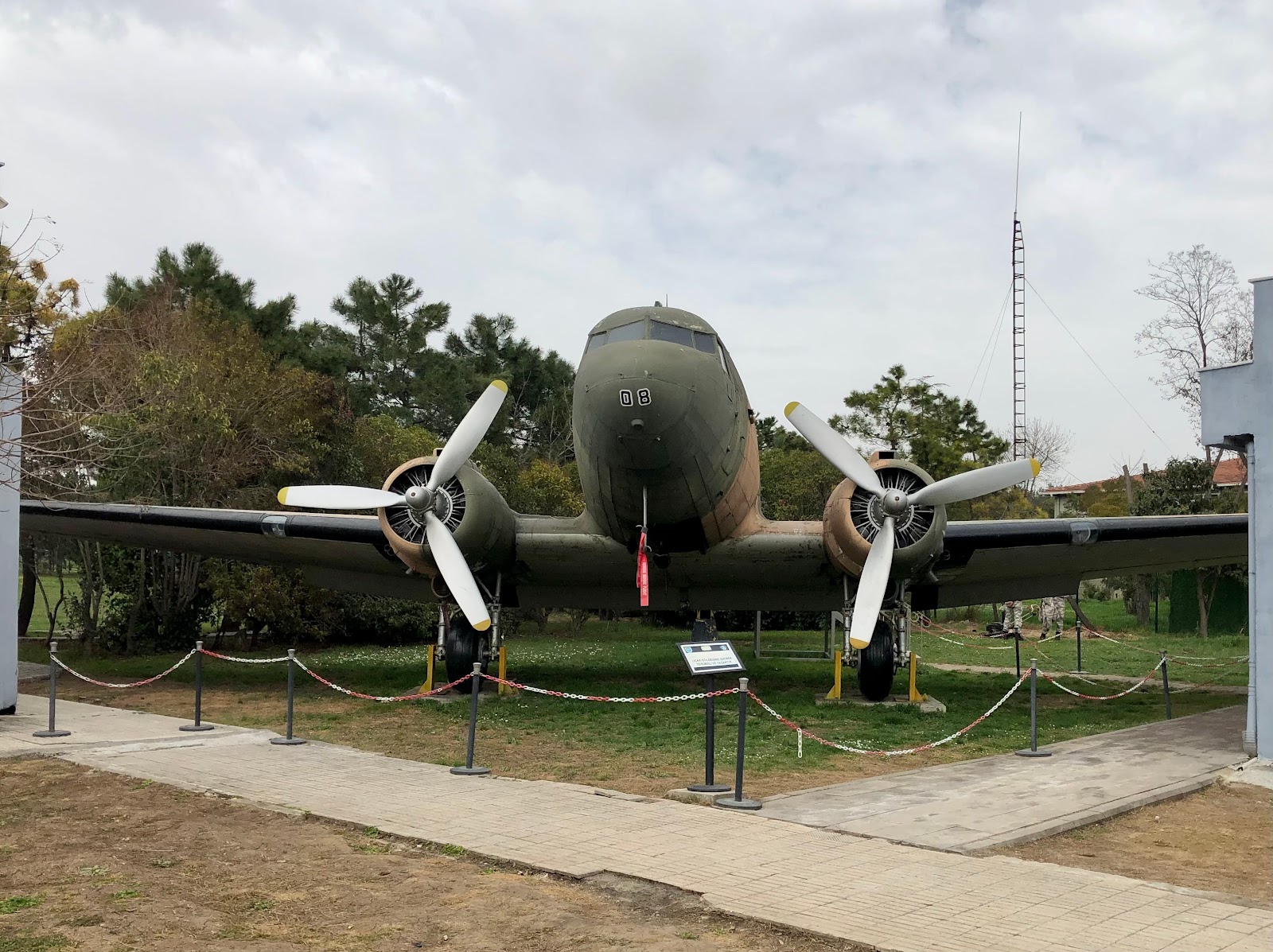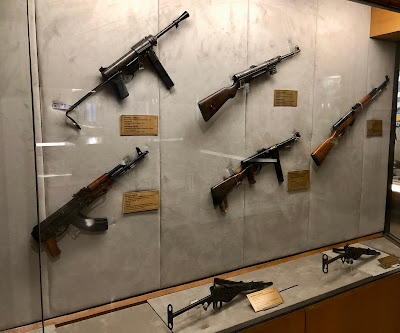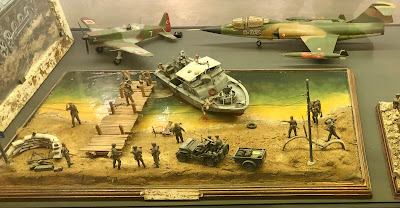This is the second in Maciej Jonasz's 'Smoke over the Bosporus' series of modern fiction novels. The setting is a Turkish Government that has moved from soft power neo-Ottomanism to a hard power version. It is a bit fanciful, but it's fiction. In the first book Turkey invaded Bulgaria and, after initial success, was defeated after Serbia and Romania intervened. In this book, the Greeks decided to take advantage of the Turkish defeat with military operations in Thrace and Cyprus.
The book starts with a special ops team inserted into Kurdistan to arm the Kurds with ATGMs. On the basis that my enemy's enemy is my friend, they take part in several operations against Turkish forces in the east of Turkey. The aim is to tie down Turkish units that could be deployed elsewhere.
The next stage is an amphibious landing in Northern Cyprus to the east of Girne (Kyrenia). This invites a Turkish response met with a staged defence on the Kyrenia Ridge using armour and infantry. Here the Turkish armour has not been modernised much since 1974. So, it pits M48s against Leopards and infantry with Milan ATGMs. The aim is to encourage the Greek Cypriots to intervene and relieve them, which they do. The Cypriots have Russian T80s, outclassing Turkish armour and light infantry formations. Although as we have seen in Ukraine, the reactive armour doesn't seem to be quite as effective as portrayed in this book.
The main battles occur in Thrace, with Greek battlegroups crossing the Maritsa River in several places. They succeed in establishing a bridgehead in the south, which is exploited and subjected to Turkish counter-attacks. As with the first book, the battle scenes are excellent, and you really get a good feel for the importance of combined arms operations. This is another good read if you can suspend disbelief over the setting.
I read this book on the plane to Turkey last week, and I flew over and then drove through many of the battlefields described in this book.
I was on the lookout for Cyprus-related exhibits on my museum visits. The Military (Army) Museum has a section on Cyprus, starting with the commanders.
This is the VI Corps commander, L.Gen Nurettin Ersin's helmet, a good example of the very distinctive helmet cover used during the intervention. Useful when distinguishing Turkish troops on the wargames table, particularly in the smaller scales.
Then some of the weapons that were captured during the conflict.
The Naval Museum has the regimental flag of the amphibious regiment that spearheaded the landings in 1974. Unfortunately, the painting is less impressive as it looks nothing like the landing beach and implies that troops just marched ashore - they didn't!
And a model and description of the destroyer TCG Kocatepe, which was sunk by friendly fire. The description understates the casualties and gets the translation slightly wrong, but at least it is covered. It is not unheard of for museums in all countries to gloss over embarrassing incidents!
Then the Aviation Museum, which has most of the aircraft types used in the Cyprus operation.
 |
| F-100 Super Sabre |
 |
| Huey |
 |
| Dakota |
Finally, the private Rahmi Koc Museum. It has the Balao or possibly Tench Class fleet submarine, TCG Uluçalireis. This submarine operated off the coast of Cyprus in 1974.
It also has an M47 tank and a Dornier Do-28. This aircraft type brought the Airborne Brigade command team to Cyprus. It arrived an hour early because the Turkish planners had forgotten about Summer Time, and therefore the local militia didn't activate the landing lights.
Finally, the Hisart Museum has a couple of fine dioramas.













Lovely stuff, as usual.
ReplyDeleteThe tank is my favourite - I’d love to clamber all over it. 😀
Cheers,
Geoff